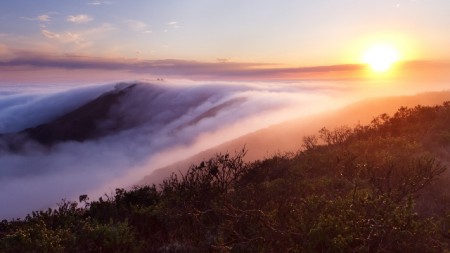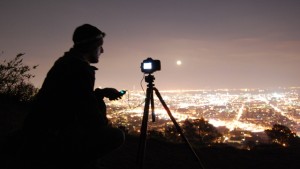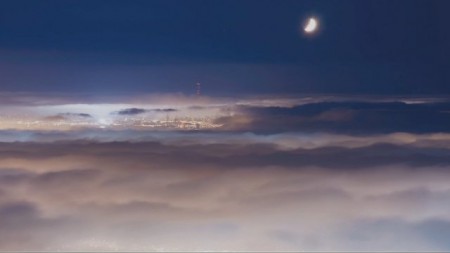In addition to the QUEST TV segments we call, “Your Photos on QUEST,” we’ve recently launched a new segment called, “Your Videos on QUEST” where we feature the work of Bay Area filmmakers who make videos about Bay Area science and nature.
So, when I discovered Swiss-born animator and photographer Simon Christen’s amazing time-lapse videos of fog creeping over the tops of a forest in the Berkeley Hills, the moon rising over the Marin Headlands and the sun setting over San Francisco Bay, I wasn’t sure if we were doing a YPOQ or YVOQ story with him.
When I first spoke with Christen on the phone, he quickly cleared up my confusion. When asked if he considers his lyrical landscapes to be photography or filmmaking, he responds unequivocally that they are photographs.

More specifically, time-lapse photography is when you use a still camera to capture multiple photographs in a row within a time interval and then stitch them together to create the illusion of a moving image. Indeed, this is the “magic” behind all motion pictures or film and really goes back to its invention in the late 1800’s.
Christen didn’t set out to be a time-lapse photographer. In fact, his experimentation with photography began with shooting still images of lush landscapes, in part as a contrast to his day-to-day work as an animator at Pixar Animation Studios in Emeryville, CA. “I think I became interested in photography because it’s in a way the exact opposite to animation,” says Christen. “You’re focusing on split second in, in time, just make sure that that one frame is really interesting to look at and kind of tells a story within one frame. And in animation, you know, we’re telling the story with over many frames.”

